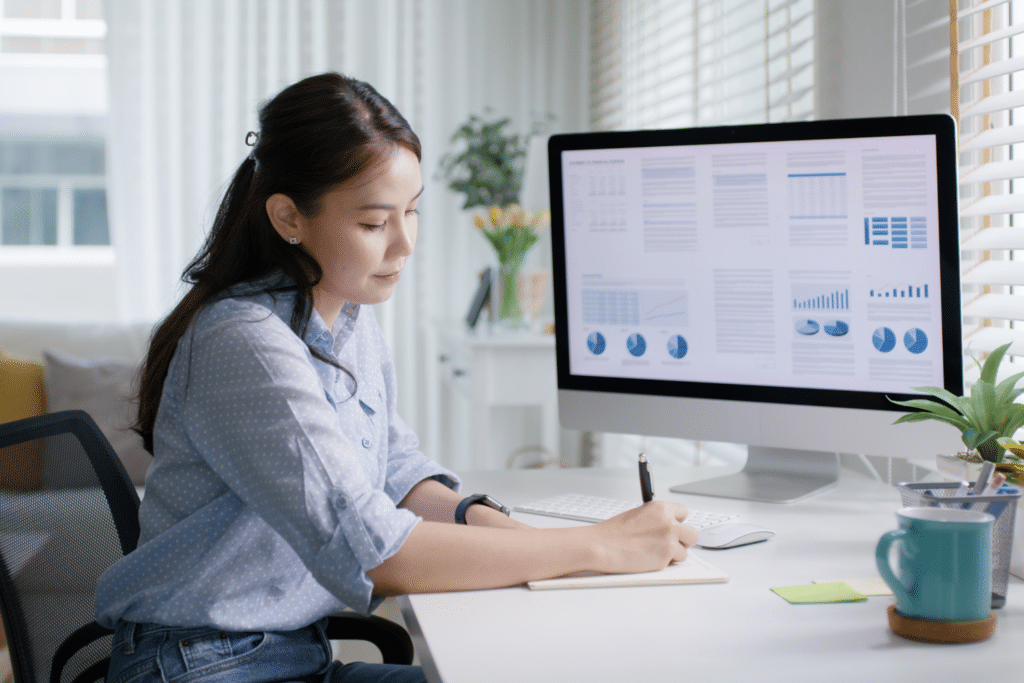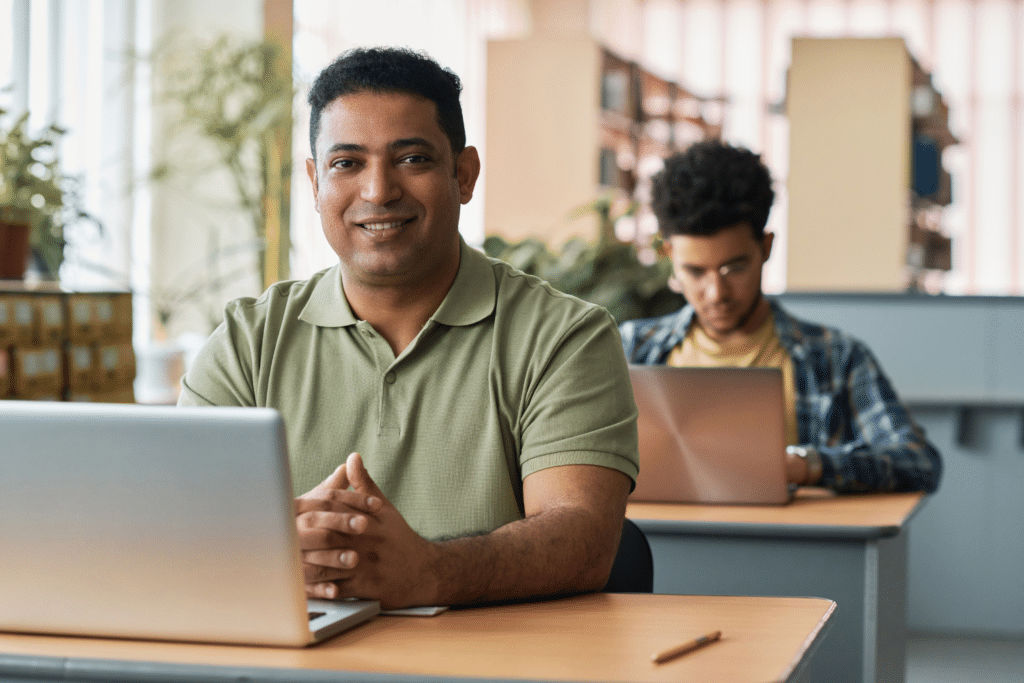Navigating the world of college loans as an adult can be a daunting task. Unlike traditional students, adults often face unique challenges, such as balancing education with work and family responsibilities.
This comprehensive guide aims to demystify the process of obtaining college loans for adults, ensuring you make informed financial decisions to support your educational journey. Whether you’re returning to school for career advancement or pursuing lifelong learning, understanding how to finance your education is crucial.
We’ll explore various loan options, compare terms and interest rates, and provide tips for successful loan applications and repayment strategies.
II. Assessing Your Financial Needs
Before diving into the myriad of loan options, it’s essential to assess your financial needs accurately. Start by calculating the total cost of your education, including tuition, books, and any additional fees. Don’t forget to factor in living expenses, especially if your educational pursuits impact your current employment.
This assessment will give you a clear picture of the amount you need to borrow. Remember, borrowing more than necessary can lead to financial strain during repayment, so aim for a loan amount that realistically reflects your educational expenses and personal budget.
III. Exploring College Loan Options
As an adult learner, you have access to a variety of college loan options. It’s important to explore all available avenues to find the most suitable one for your situation.
Federal student loans, private student loans, and loans specifically designed for adult learners are some of the options to consider.
Each type comes with its own set of terms, conditions, and eligibility criteria. Additionally, some employers offer educational assistance programs, so check if your employer provides such benefits.
Thoroughly researching and understanding these options will help you make an informed decision about which loan best fits your needs.
IV. Understanding Federal Student Loans
Federal student loans are a popular choice for many adult learners due to their relatively low interest rates and flexible repayment options. To apply, you’ll need to fill out the Free Application for Federal Student Aid (FAFSA).
These loans come in different types, such as Direct Subsidized Loans, Direct Unsubsidized Loans, and PLUS Loans. Subsidized loans are particularly beneficial as the government pays the interest while you’re in school.
It’s important to understand the eligibility requirements and borrowing limits of each type to determine which federal loan is right for you.
V. Researching Private Student Loans
If federal loans don’t cover all your educational expenses, private student loans can fill the gap.
Offered by banks, credit unions, and other financial institutions, these loans often require a credit check.
Interest rates and terms can vary significantly between lenders, so it’s crucial to shop around.
Some private loans offer fixed or variable interest rates, and you may need a co-signer if you don’t have a strong credit history.
Thoroughly research and compare different private loan options to find the most favorable terms that align with your financial situation.
VI. Comparing Loan Terms and Interest Rates
When choosing a loan, it’s vital to compare terms and interest rates. Look for loans with the lowest interest rates and most favorable repayment terms.
Federal loans typically offer fixed interest rates, which means your rate won’t change over the life of the loan. Private loans, on the other hand, may offer fixed or variable rates.
Variable rates can initially be lower but may increase over time. Also, consider the repayment period, as longer terms can mean lower monthly payments but more interest paid over time.
Understanding these nuances will help you choose a loan that’s financially manageable both now and in the future.
VII. Tips for Loan Application Success
Successfully applying for a college loan requires preparation and attention to detail. First, gather all necessary documentation, including financial records and identification. For federal loans, complete the FAFSA accurately and meet the deadlines.
When applying for private loans, ensure your credit score is in good standing, as this can affect your eligibility and interest rates. If possible, apply with a creditworthy co-signer to increase your chances of approval and potentially secure better loan terms.
Lastly, read all application materials carefully to understand your obligations and avoid any surprises down the line.
VIII. Managing Loan Repayment Strategies
Developing a solid repayment strategy is crucial for managing your college loans effectively. Start by understanding your repayment options.
Federal loans offer several repayment plans, including income-driven repayment, which adjusts your monthly payments based on your income.
Private loans are less flexible, but some lenders may offer repayment options like interest-only payments while in school.
Consider setting up automatic payments to avoid missing deadlines, and if possible, make extra payments to reduce your principal faster. Remember, the sooner you pay off your loans, the less interest you’ll accrue.
IX. Loan Forgiveness and Repayment Assistance
For some adult learners, loan forgiveness or repayment assistance programs can provide significant financial relief.
Programs like Public Service Loan Forgiveness (PSLF) and Teacher Loan Forgiveness are available for federal loan borrowers who meet specific criteria.
Additionally, some employers offer loan repayment assistance as part of their benefits package. Research these options thoroughly to understand the eligibility requirements and application process.
While not everyone will qualify for these programs, they can offer substantial help to those who do.
X. Scholarships and Grants for Adult Learners
Scholarships and grants are excellent resources for adult learners because they don’t require repayment. Many organizations offer scholarships specifically for adults returning to school.
Grants, often based on financial need, are also available through federal and state programs. Research and apply for as many scholarships and grants as possible to reduce the amount you need to borrow.
Local libraries, educational institutions, and online databases are great places to start your search.
XI. Resources for Further Assistance
Navigating the process of obtaining college loans can be overwhelming, but numerous resources are available to help.
Financial aid offices at educational institutions can provide personalized assistance and information about loans, scholarships, and grants.
Online resources, such as government websites and educational forums, offer valuable information and tools for loan comparison and repayment planning.
Don’t hesitate to seek help from financial advisors or counselors for more complex financial situations.
XI. Conclusion and Next Steps
Securing college loans as an adult learner requires careful planning and informed decision-making. By assessing your financial needs, exploring various loan options, and understanding repayment strategies, you can successfully finance your education while minimizing financial stress.
Remember, education is an investment in your future, and with the right approach, you can manage your college loans effectively. Take the next step by applying for loans, seeking scholarships and grants, and preparing for a successful academic journey.
Source:
Kumok, Z. (2023, August 4). Adult Student Loans. LendEDU. https://lendedu.com/blog/adult-student-loan/Pentis, A. (2023, June 28).
How to Get Grants and Student Loans for Adults Returning to School. LendingTree. https://www.lendingtree.com/student/student-loans-for-adults/













